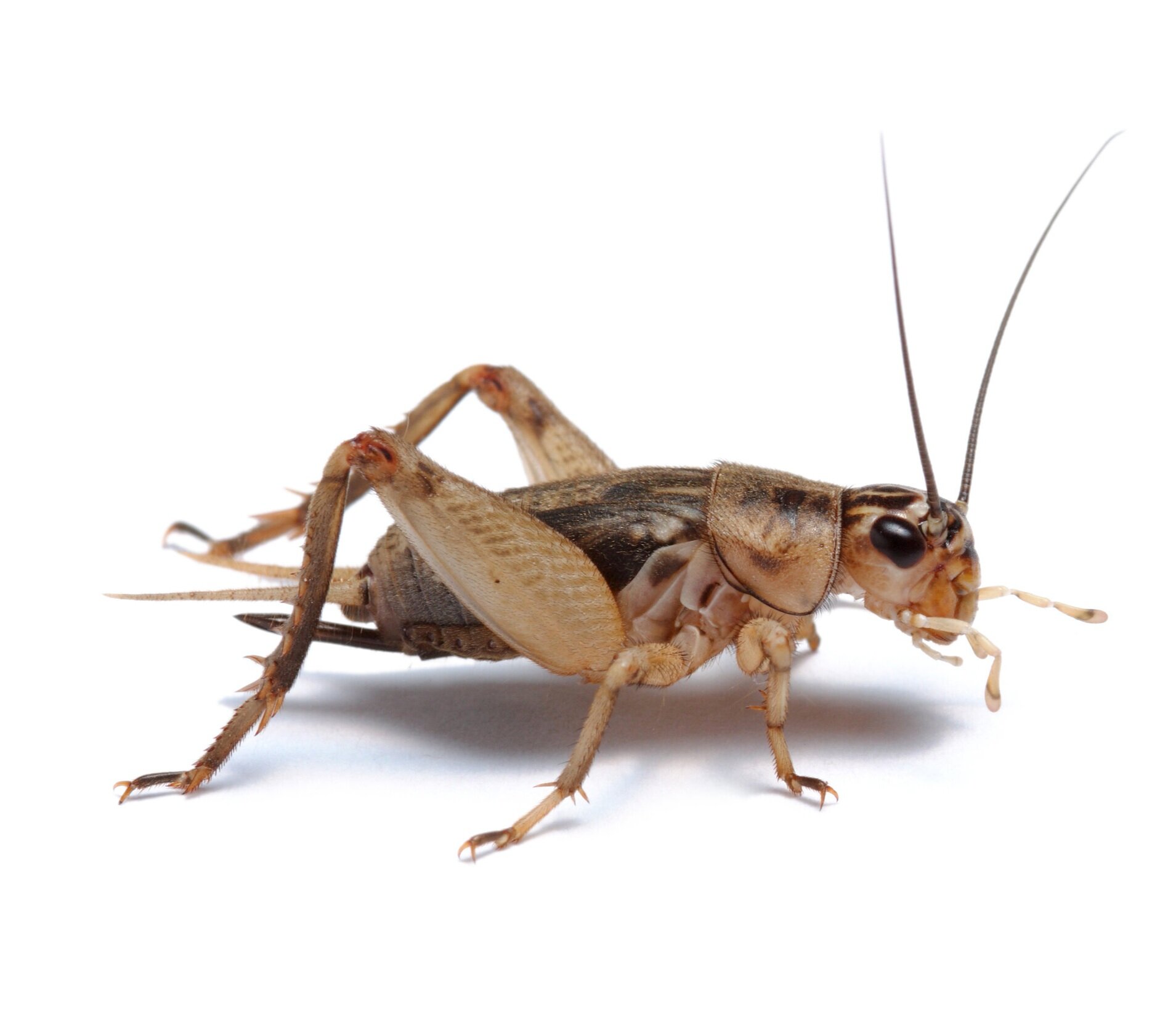overview of signaling
discover VIBRATIONAL COMMUNICATION in insects
What is sound?
Vibrations that travel through the air or other media, like plant stems and water.

What is sound?
Vibrations that travel through the air or other media, like plant stems and water.

Small taps, drums, and shakes on the plant send vibrations through the plant, that resonate and amplify, that other insects can pick up, sometimes up to several meters away. Here are a few examples of how insects generate vibrations to send messages:

Percussion
Insects physically tap their body (or parts of their body) on the plant. For example, mole crickets tap their forelegs on the ground, to let others know where they are in the burrow.
Mole cricket (Gryllotalpa brachyptera)
Photo: Antagain / iStock photo

Tremulation
Insects vibrate parts of their bodies, which creates vibrations in the substrate. For example, stinkbugs plant their feet and vibrate parts of their body to communicate with others on nearby plants.
Brown marmorated stink bug (Halyomorpha halys)
Photo: Tom Myers / National pest management association

Stridulation
Insects rub body parts against each other. Often, this means rubbing a body part with nodules (the “scraper) against a body part with ridges (the “file”), much like the dragging a phonograph needle across a vinyl record. For example, crickets rub their hindleg against their forewing to generate sounds. Many beetles, weevils, bugs, cicadas, ants, and even some tarantulas use stridulation for communication.
House cricket
(Acheta domesticus)
Photo credit: Author unknown / farmersalmanac.com
Photo credit: Matthew Cicanese / Flickr
They worked at different times of day, across multiple seasons, to capture insect conversations on the stems and leaves of plants. Vitiello then composed the work into 4 pieces, with each composition corresponding to the range of temperatures within which the recordings were taken.



to insect vibrations on a wide variety of plants in the field, at different times of day and in different temperatures
the vibrations using hyper-sensitive recording devices, including lasers and accelerometers
by editing, amplifying and layering sounds to create an orchestral experience of insect communication
Insects converse throughout the day much like we do. They use vibrations to send a variety of messages, like warning others about a threat, attempting to find a mate, defending a favorite space, and managing the behavior of offspring. Here are a few of the conversations you’ll hear in the sound compositions:

Photo credit: Daniel Borzynski / Alamy Stock Photo

Photo credit: Thomas Shahan / Flickr

Photo credit: Ryan Hodnett / Wikimedia Commons (modified)